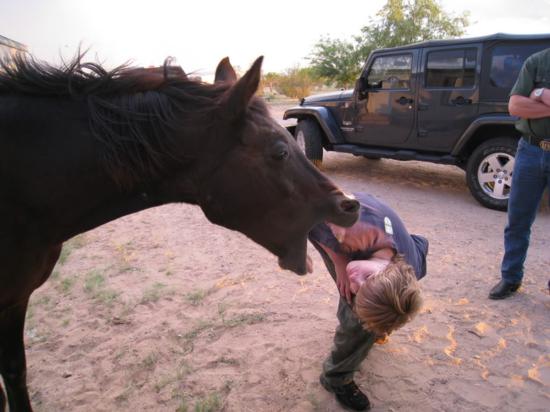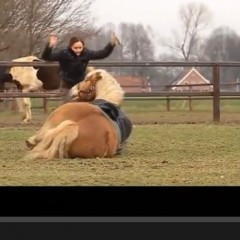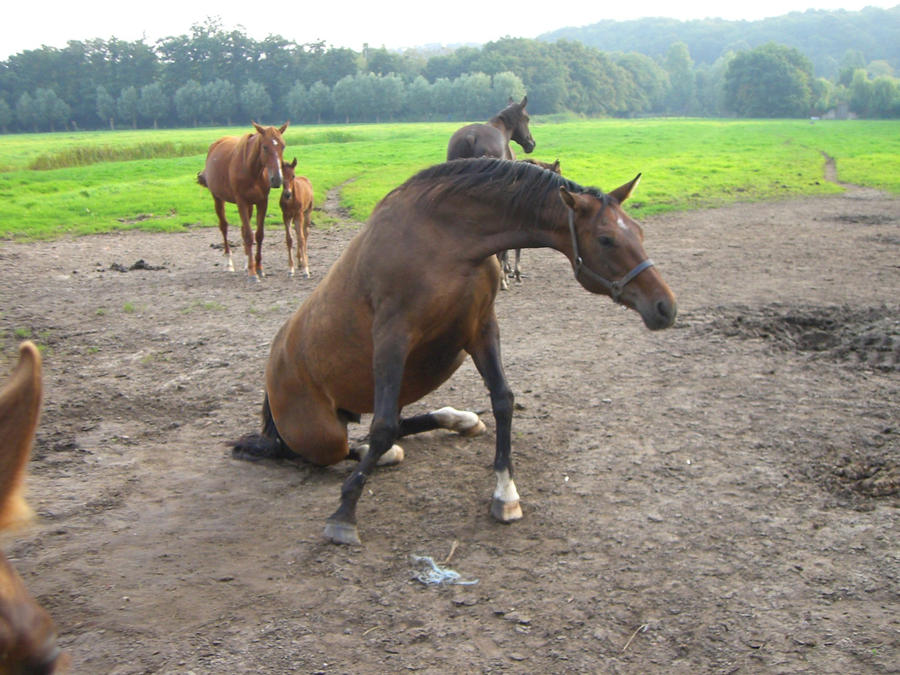Funny Horse Pics Biography
Source:- Google.com.pk
Welcome to PakEarn.com (Facebook Photo Posting Jobs)
Crazy Horse was an Oglala Sioux Indian chief who fought against removal to an Indian reservation. He took part in the Battle of Little Big Horn.
Synopsis
Crazy Horse was born c. 1840, near present-day Rapid City, South Dakota. He was an Oglala Sioux Indian chief who fought against removal to a reservation in the Black Hills. In 1876 he joined with Cheyenne forces in a surprise attack against Gen. George Crook; then united with Chief Sitting Bull for the Battle of the Little Bighorn. In 1877, Crazy Horse surrendered and was killed in a scuffle with soldiers.
Early Years
An uncompromising and fearless Lakota leader who was committed to protecting his people's way of life, Crazy Horse was born with the Native American name Tashunka Witco around 1840 near what is present-day Rapid Springs, South Dakota.
The details of how he came to acquire the name Crazy Horse are up for debate. One account says that his father, also named Crazy Horse, passed the name on to him after his son had demonstrated his skills as a warrior.
Even as a young boy, Crazy Horse stood out. He was fair-skinned and had brown, curly hair, giving him an appearance that was noticeably different from other boys his age. These physical differences may have laid the groundwork for a personality that even among his own people made him a loner and a bit distant.
Crazy Horse's birth had come during a great time for the Lakota people. A division of the Sioux, the Lakota represented the largest band of the tribe. Their domain included a giant swath of land that ran from the Missouri River to the Big Horn Mountains in the west. Their contact with whites was minimal, and by the 1840s the Lakota were at the peak of their power.
Changes for the Lakota
In the 1850s, however, life for the Lakota began to change considerably. As white settlers began pushing west in search of gold and a new a life out on the frontier, competition for resources between these new immigrants and the Lakota created tension. Military forts were established in parts of the Great Plains, bringing in even more white settlers and introducing diseases that took their toll on the native Indian populations.
In August 1854 everything boiled over in what became known as the Grattan Massacre. It started when a group of white men, led by Lieutenant John Grattan, entered a Sioux camp to take prisoner the men who had killed a migrant's cow. After Chief Conquering Bear refused to give in to their demands, violence erupted. After one of the white soldiers shot and killed the chief, the camp's warriors fought back and killed Grattan and his 30 men.
The Grattan Massacre is widely considered the conflict that kicked off the First Sioux War between the United States and the Lakota. For the still young Crazy Horse, it also helped establish what would be a lifetime of distrust for whites.
Celebrated Warrior
As conflicts escalated between the Lakota and the U.S., Crazy Horse was at the center of many key battles.
In one important victory for his people, Crazy Horse led an attack on Captain William J. Fetterman and his brigade of 80 men. The Fetterman Massacre, as it came to be known, proved to be a huge embarrassment for the U.S. military.
Even after the signing of the Fort Laramie Treaty of 1868, which guaranteed the Lakota important land, including the coveted Black Hills territory, Crazy Horse continued his fight.
Beyond his seemingly mystical ability to avoid injury or death on the battlefield, Crazy Horse also showed himself to be uncompromising with his white foes. He refused to be photographed and never committed his signature to any document. The aim of his fight was to retake the Lakota life he'd known as a child, when his people had full run of the Great Plains.
But there was little hope that would ever happen. Following the discovery of gold in the Black Hills, and the U.S. government's backing of white explorers in the territory, the War Department ordered all Lakota onto reservations.
Crazy Horse and Chief Sitting Bull refused. On June 17, 1876, Crazy Horse led a force of 1,200 Oglala and Cheyenne warriors against General George Crook and his brigade, successfully turning back the soldiers as they attempted to advance toward Sitting Bull's encampment on the Little Bighorn River.
A week later Crazy Horse teamed up with Sitting Bull to decimate General George Armstrong Custer and his esteemed Seventh Cavalry in the Battle of the Little Bighorn, perhaps the greatest victory ever by Native Americans over U.S. troops.
Last Stand
Following the defeat of Custer, the U.S. Army struck back hard against the Lakota, pursuing a scorched-earth policy whose aim was to extract total surrender. While Sitting Bull led his followers into Canada to escape the wrath of the Army, Crazy Horse continued to fight.
But as the winter of 1877 set in and food supplies began to shorten, Crazy Horse's followers started to abandon him. On May 6, 1877, he rode to Fort Robinson in Nebraska and surrendered. Instructed to remain on the reservation, he defied orders that summer to put his sick wife in the care of his parents.
After his arrest, Crazy Horse was returned to Fort Robinson, where, in a struggle with the officers, he was bayoneted in the kidneys. He passed away with his father at his side on September 5, 1877.
Years after his death Crazy Horse is still revered for being a visionary leader who fought hard to preserve his people's traditions and way of life.
Funny Horse Pics Funny Pics of Anything With Captons for Fb For Kids Tumblr for Facebook of People of Animals for Instagram and Quotes

Funny Horse Pics Funny Pics of Anything With Captons for Fb For Kids Tumblr for Facebook of People of Animals for Instagram and Quotes

Funny Horse Pics Funny Pics of Anything With Captons for Fb For Kids Tumblr for Facebook of People of Animals for Instagram and Quotes

Funny Horse Pics Funny Pics of Anything With Captons for Fb For Kids Tumblr for Facebook of People of Animals for Instagram and Quotes

Funny Horse Pics Funny Pics of Anything With Captons for Fb For Kids Tumblr for Facebook of People of Animals for Instagram and Quotes

Funny Horse Pics Funny Pics of Anything With Captons for Fb For Kids Tumblr for Facebook of People of Animals for Instagram and Quotes

Funny Horse Pics Funny Pics of Anything With Captons for Fb For Kids Tumblr for Facebook of People of Animals for Instagram and Quotes

Funny Horse Pics Funny Pics of Anything With Captons for Fb For Kids Tumblr for Facebook of People of Animals for Instagram and Quotes

Funny Horse Pics Funny Pics of Anything With Captons for Fb For Kids Tumblr for Facebook of People of Animals for Instagram and Quotes

Funny Horse Pics Funny Pics of Anything With Captons for Fb For Kids Tumblr for Facebook of People of Animals for Instagram and Quotes

Funny Horse Pics Funny Pics of Anything With Captons for Fb For Kids Tumblr for Facebook of People of Animals for Instagram and Quotes

Funny Horse Pics Funny Pics of Anything With Captons for Fb For Kids Tumblr for Facebook of People of Animals for Instagram and Quotes

Funny Horse Pics Funny Pics of Anything With Captons for Fb For Kids Tumblr for Facebook of People of Animals for Instagram and Quotes

Funny Horse Pics Funny Pics of Anything With Captons for Fb For Kids Tumblr for Facebook of People of Animals for Instagram and Quotes

No comments:
Post a Comment